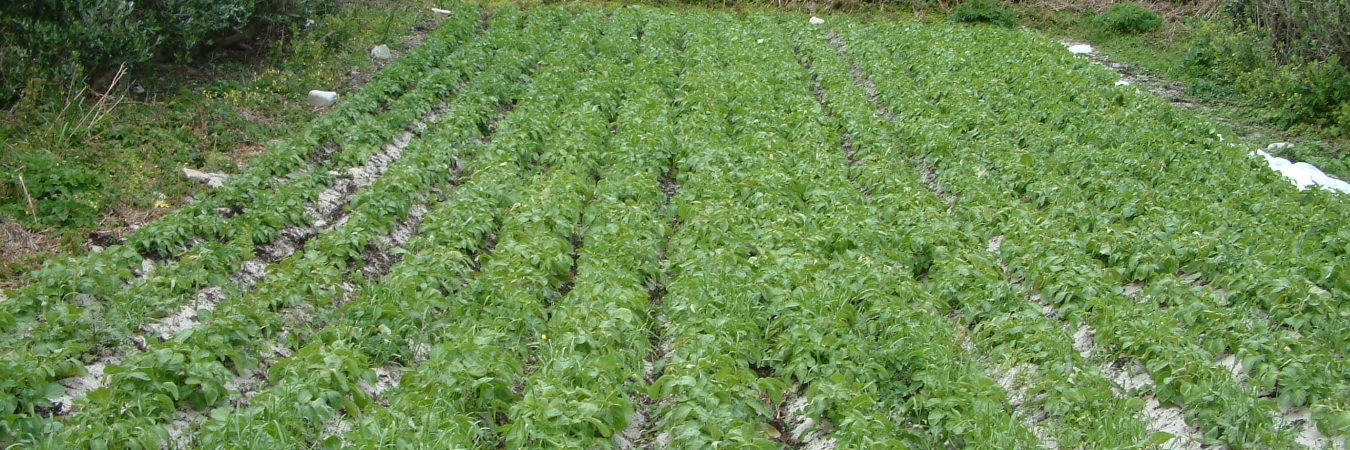Organic potatoes – Technical guide
Cultivating quality - step by step
Everything you may need to know about commercial potato production to help you achieve a high quality product. Includes useful information to help you manage potato blight.
Resource explained
This technical guide on cultivating organic potatoes, produced as part of the Organic Knowledge Network Arable project, covers everything you may need to know about commercial production to help you achieve a high quality product. The step by step guidelines covers site requirements, variety selection, crop rotation, planting material, nutrient supply, soil and seed bed preparation, planting, crop maintenance and weed control, cost, economics, marketing, quality assessment and cooking types… It also looks at the important topic of pest and disease control, focusing particularly on recognising, preventing and managing potato blight (Phytophthora infestans). It includes some useful links to sources of information provided by the AHDB and a Soil Association Potato Blight Control Factsheet.
Findings & recommendations
The following applies to potato blight:
- Chitting can shorten the time to harvest by 10-14 days, reducing the risk of late infection.
- Containment of blight is most possible in early growth stages so monitor closely!
- Select varieties that are resistant and grow tubers early (see AHDB National Potato Variety Database). The Sarvari Research Trust (SRT) breeds new disease resistant varieties.
- Plant only healthy looking tubers and chit them – infected tubers start rotting during chitting and can be removed.
- Plant late and early varieties in separate fields or cultivate early varieties on the side of fields downwind of prevailing weather conditions. Cultivate a strip of at least 12m of a different species (e.g. wheat or grass/clover) perpendicular to prevailing conditions.
- Avoid overly strong development of leaves, heavy weed infestation and volunteer potatoes in the succeeding crops.
- Remove potato plants from waste heaps, or flame them or cover them with earth.
- Regularly check plants and rogue by removing the stems and foliage of plants within a 3m radius of an infection.
- With severe infection, chop leaves off plants with tubers that are ready for harvest and before heavy rains.
- After leaves have died off or have been removed, wait 2-3 weeks before harvesting.
- Take an integrated farming approach for leaf and tuber blight; use resistant varieties, agronomic control strategies, alternative treatments and optimisation of blight control treatments using blight forecasting systems.


